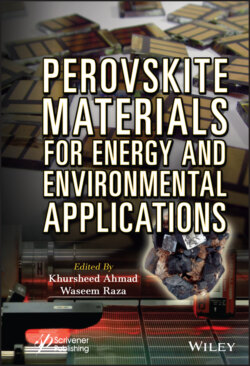Читать книгу Perovskite Materials for Energy and Environmental Applications - Группа авторов - Страница 47
2.5.4.2 Metal Cation (M)
ОглавлениеLead (Pb) was majorly used as a metal cation. European Union has restricted the use of Pb as it is toxic to the environment (Restriction of the use of certain hazardous substances (RoHS), Directive 2011/65/EU.). These reasons have led to synthesize leadless perovskite for light absorbing. As an alternative of Pb, we can use tin because tin and Pb are in the same group, so obviously tin would be the first choice. After Sn and Pb ratio was optimized in CH3NH3Sn1-xPbxI3, it was observed that bandgap was tunable in the range of 1.17 to 1.55 eV. Because of this, it was found that the absorption capacity of light could be increased from visible region to the near-infrared region (1060 nm) [41].
The problem in CH3NH3Sn1-xPbxI3 solar cells is that it is hard to make a consistent and thick absorber layer(film) on the area of the device, and because of these reasons, the efficiency drops down to 3% [41]. Tin-based solar perovskite cell (CH3NH3SnI3) has 1.3eV bandgap. This perovskite can also absorb the light of the near-infrared region. The final power conversion efficiency of this device obtained was 5.37% [42]. Open circuit voltage of tin PSC always gets decreased because of downshifting of the conduction bandgap [38].
